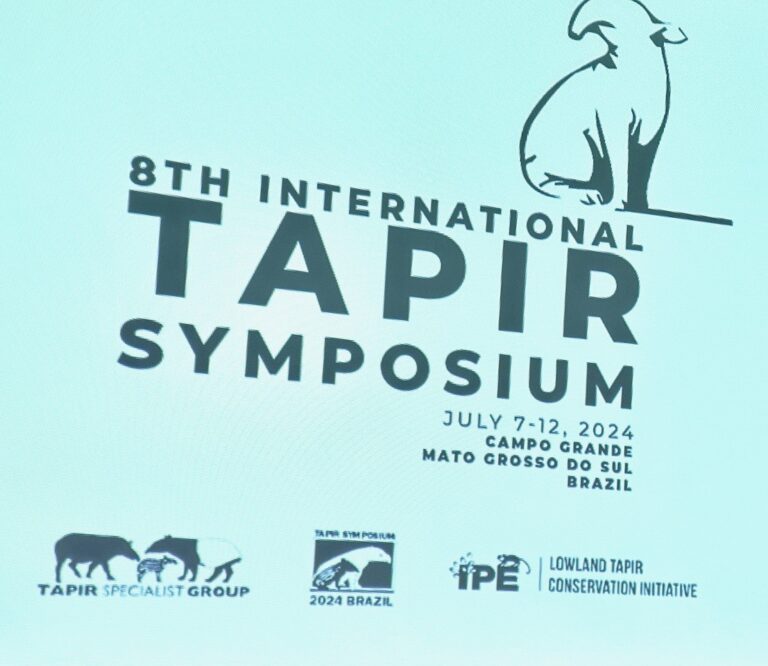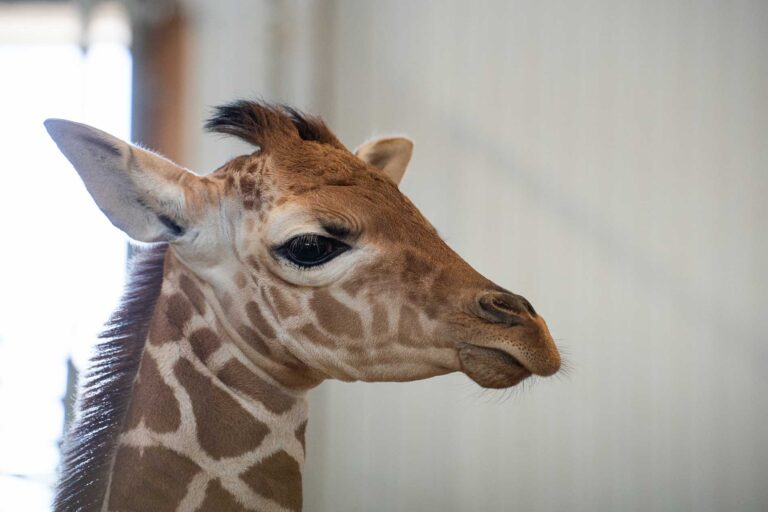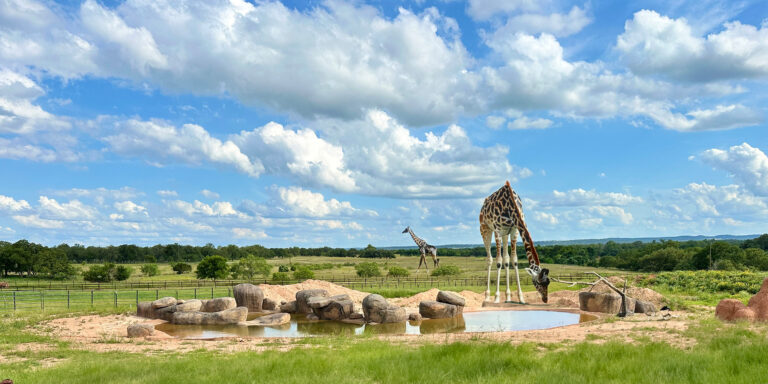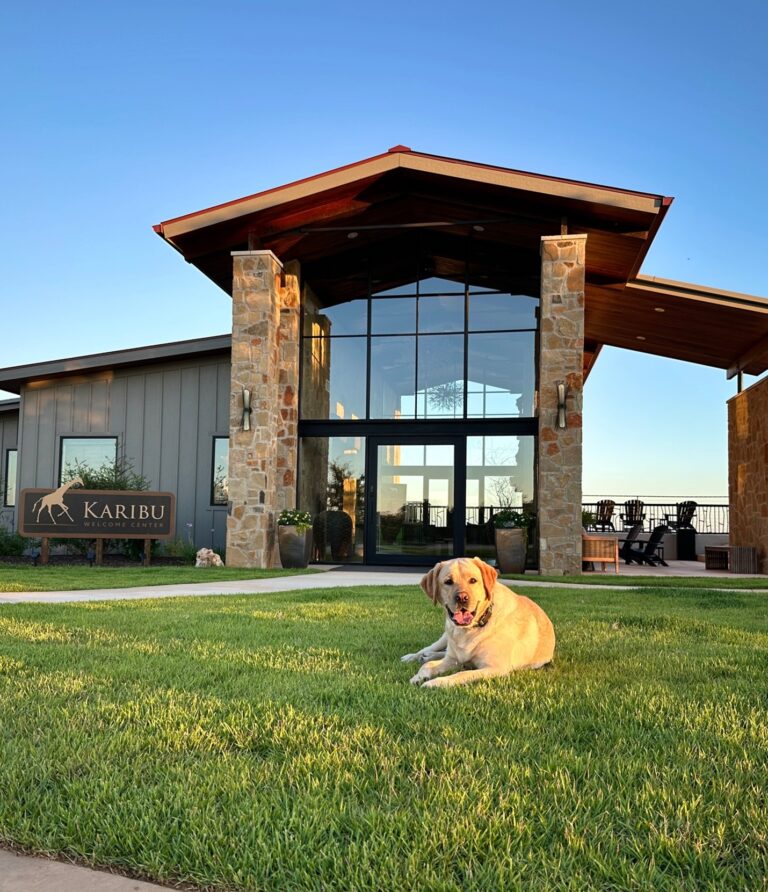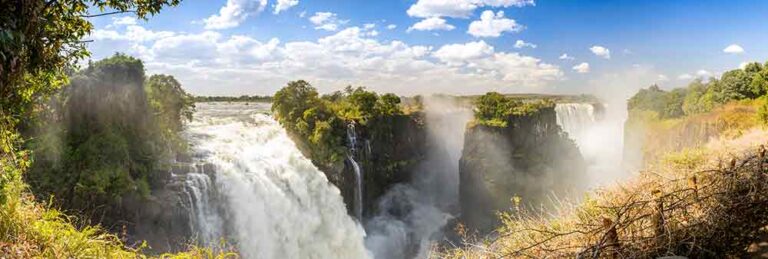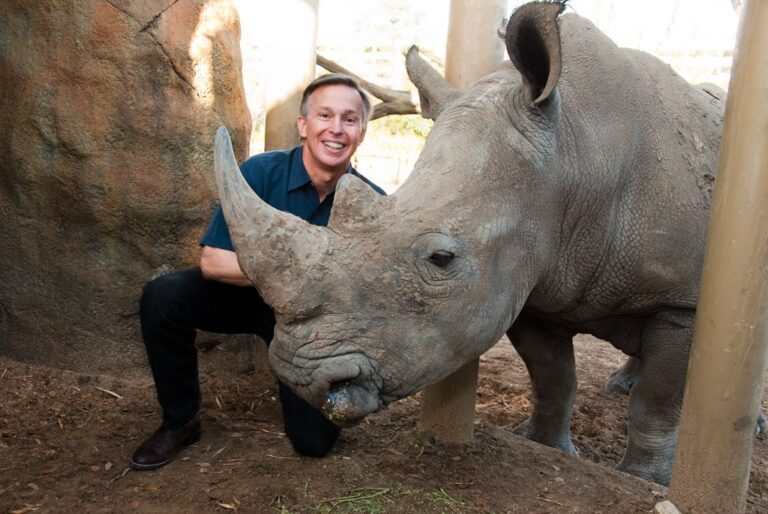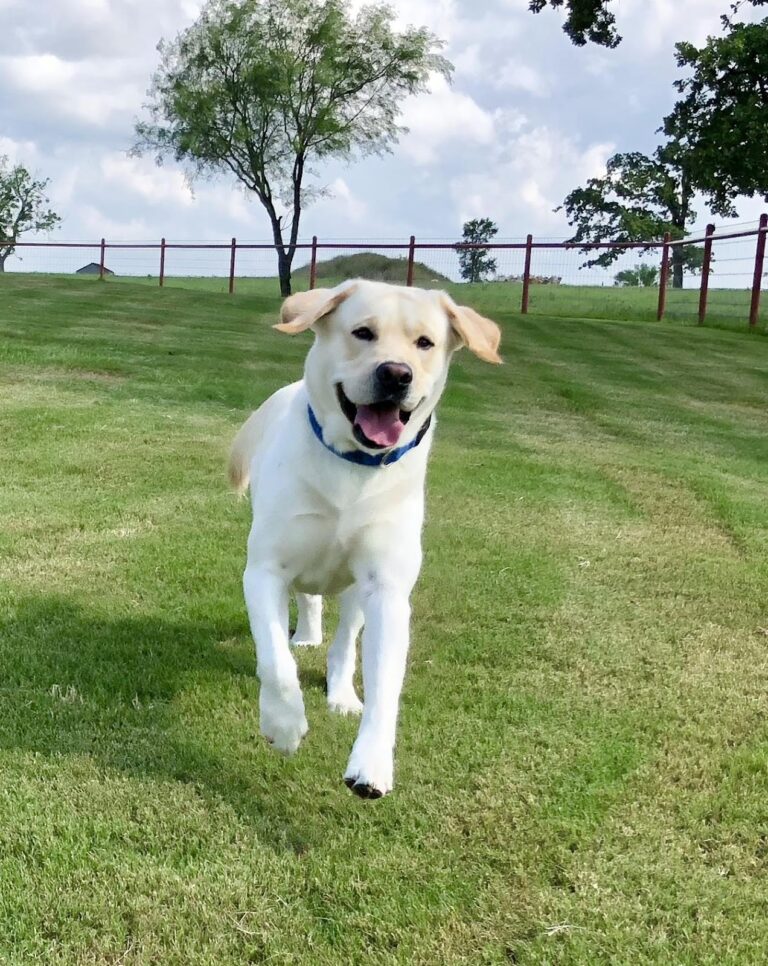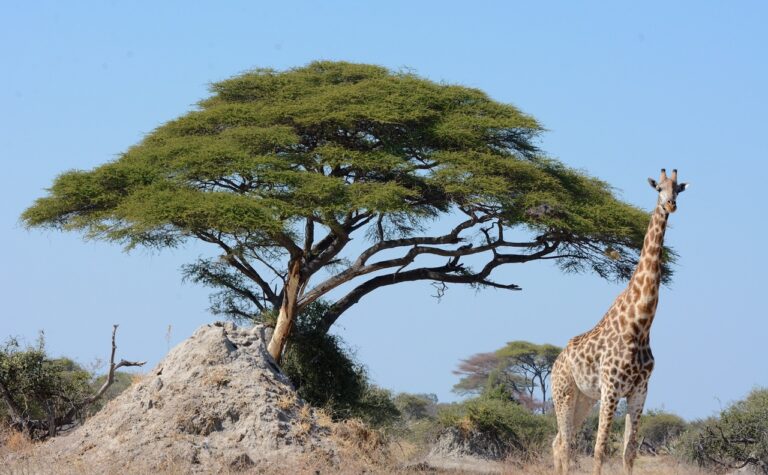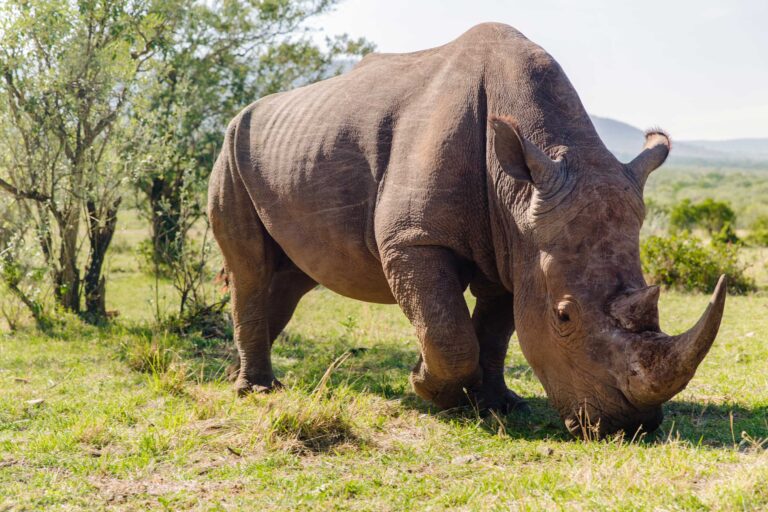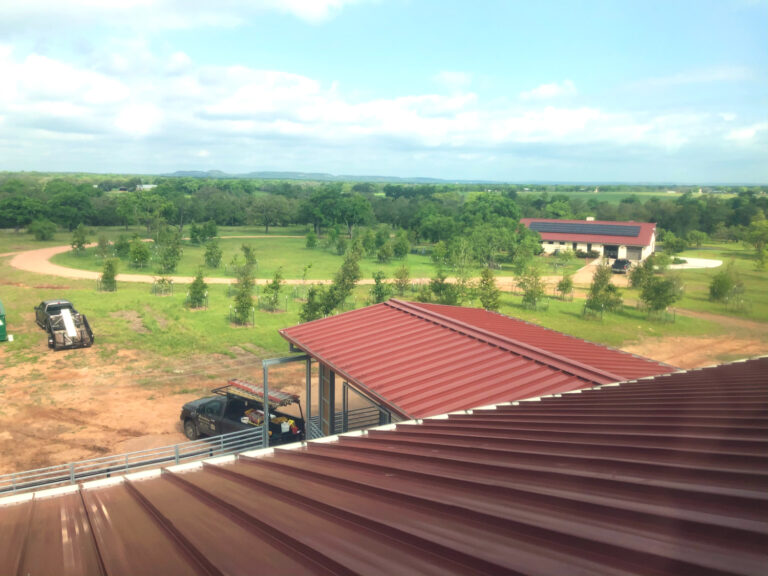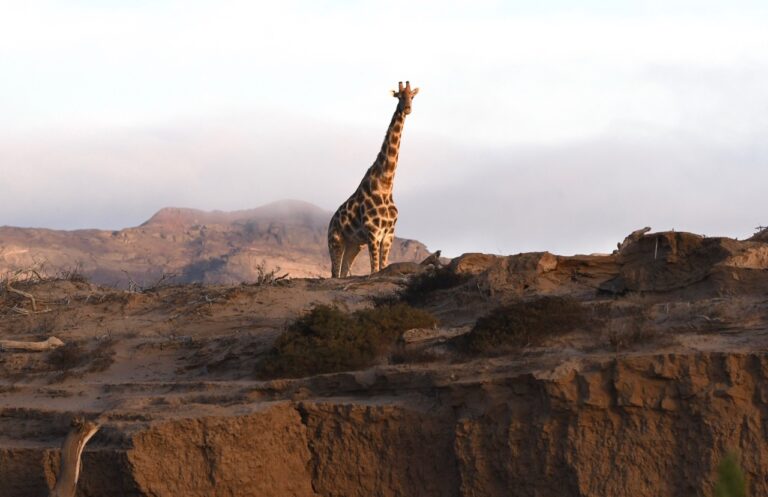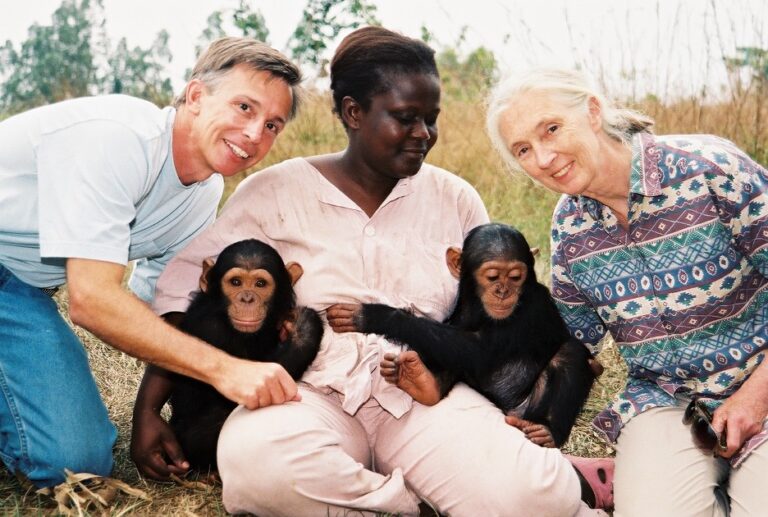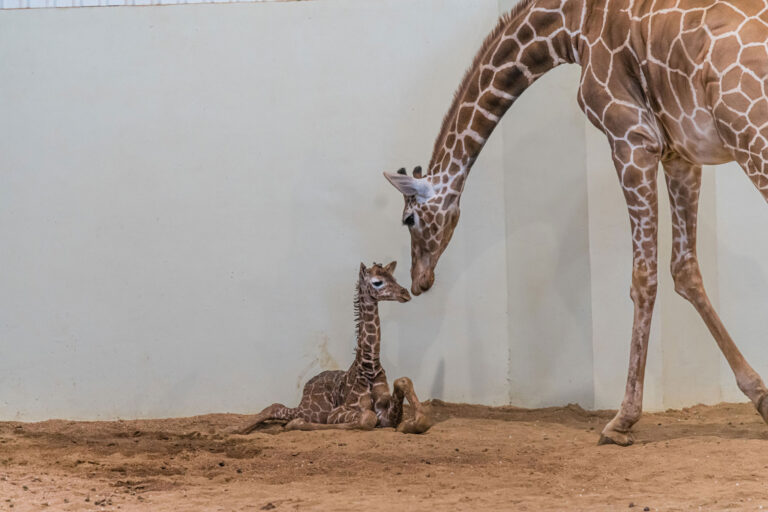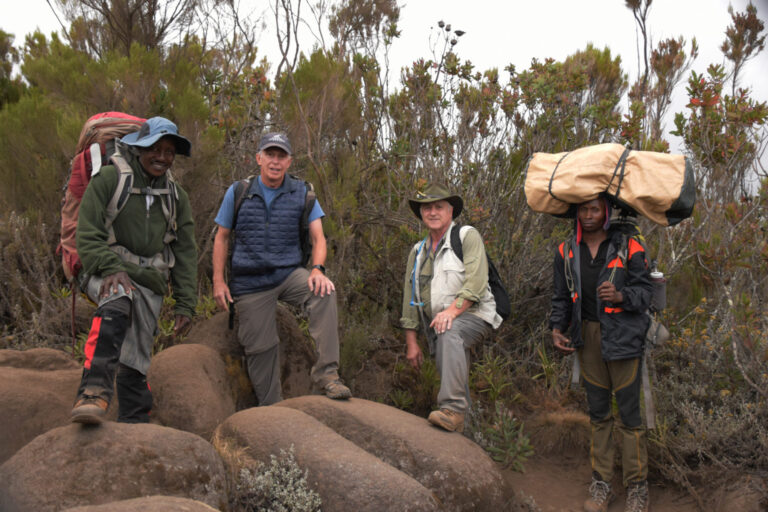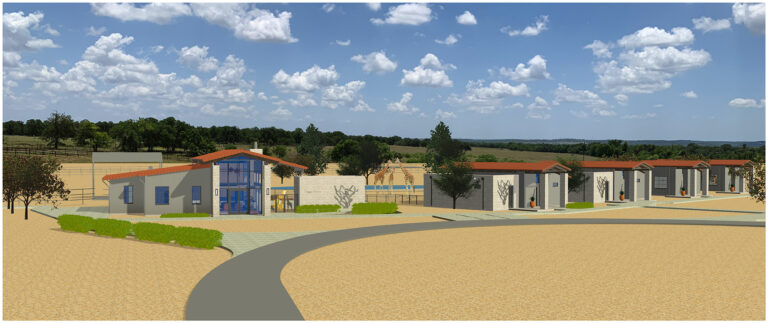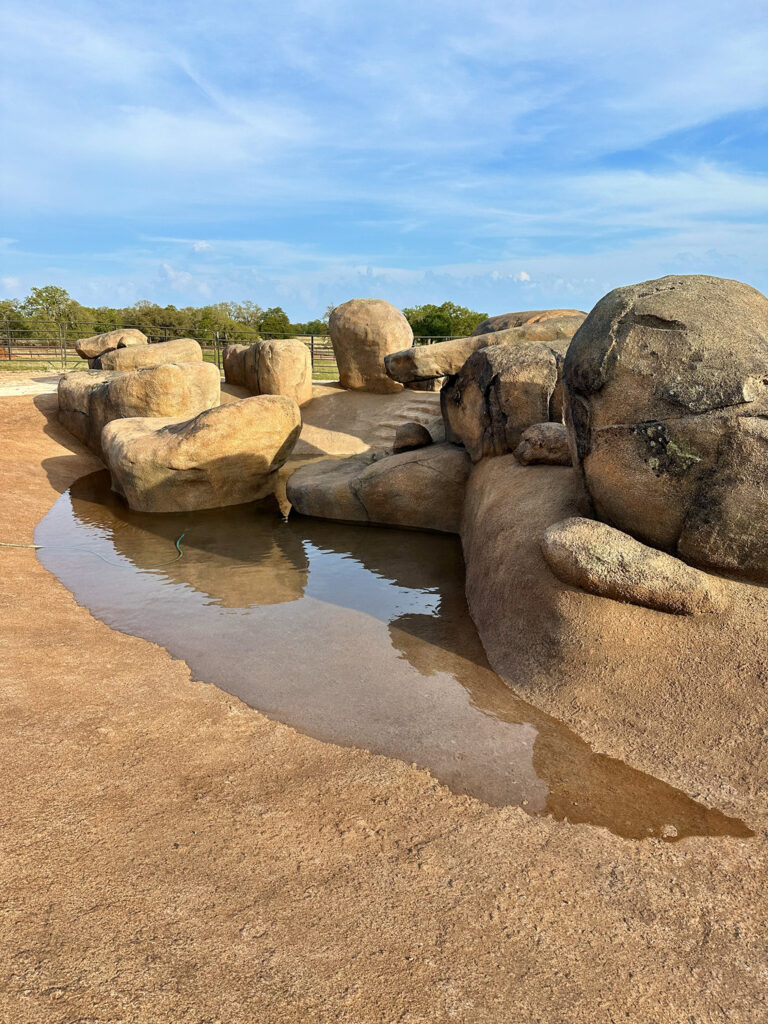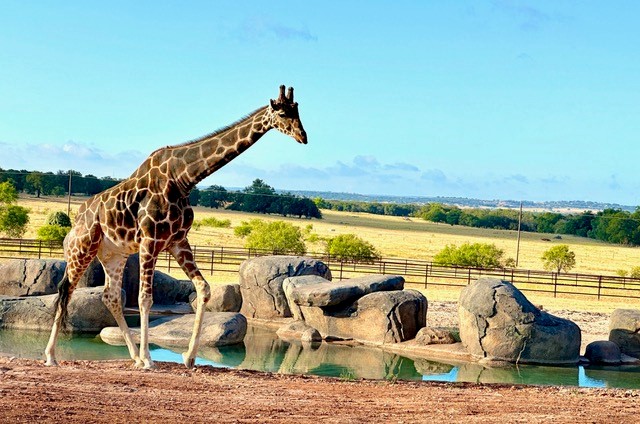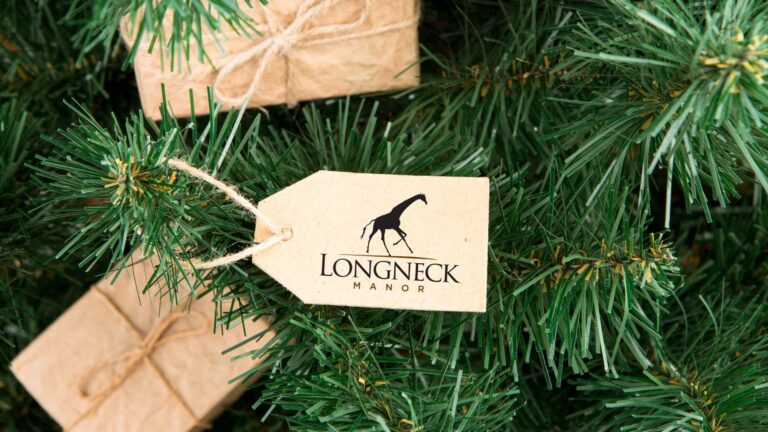Barongi Blog
Rick Barongi Presents Lifetime Achievement Award at Tapir Symposium
Longneck Manor founder, Rick Barongi, recently attended the International Tapir Symposium held in Campo Grande, Brazil. During this event, Rick
Red, White, and New! Longneck Manor Celebrates the Birth of Baby Boy Giraffe During Holiday Week
This fourth of July Baby, Indy, is named for Independence Day After a 15-month wait, we are delighted to welcome
Longneck Manor Wins Tripadvisor Travelers’ Choice award 2024
Longneck Manor Recognized as a Traveler-Favorite July 3 , 2024 – Longneck Manor is pleased to announce today that it
Drifter and Boone – Ambassadors First Class
Everyone comes to Longneck Manor to meet our incredible giraffes and white rhinos. We also have a very laid-back two-toed
Experience the Ultimate Luxury Safari in Africa with Rick
Don't miss this opportunity to experience the best that Africa has to offer. Join us on this exclusive safari and
Unless someone like you cares a whole awful lot, Nothing is going to get better, it’s not.
If you are passionate about animals (both pets and wildlife) and want to learn how to help save them in
Drifter – First Ambassador
Meet my pal Drifter, a four-year-old yellow Labrador retriever. His pedigree name is Classic Hill Country Drifter but we
My Africa – “Born Free”
Fact: I have Visited Africa Over 50 Times, but my First Trip Changed my Life Africa…. This wild and mysterious
Why I like Rhinos
Rhino Fact: There are five living species of rhinos (two African and three Asian), their combined populations in the wild being
History of Longneck Manor – A Uniquely Texas Experience
After you read some of the history and vision narratives on this website you still may be wondering how I
Longneck Manor – How and Why
After you read some of the history and vision narratives on this website you still may be wondering how I
Jane Goodall Supports Longneck Manor
I was at my desk at Disney Imagineering getting ready to return home after a long day at work when
Betty White (the Giraffe) Gives Birth to anAdorable Six-Foot-Tall Girl.
After a 15 month wait, Longneck Manor is delighted to welcome the newest addition to its precious wildlife family; a
Our 2022 Holiday Wishlist is here!
Looking to spread a little extra holiday cheer this year? Don’t forget presents for our giraffes, rhino and sloth this
Climbing Kili
by Bill Konstant Our wake-up call came at 11:00 pm on October 20th. That’s right, late that night, not the
Hear Rick on the Tomorrow Society Podcast
Recently Longneck Manor Founder, Rick Barongi was a guest on the podcast, The Tomorrow Society! In this podcast, he shares
We have BIG NEWS!
???????? We have BIG NEWS! Coming this summer, a new Welcome Center and four cottages – each with a stunning
New Rhino Waterhole Installation
New at Longneck Manor! We are adding a naturalistic African waterhole with large boulders to the four-acre giraffe and rhino
Longneck Manor in the News!
This week, we were pleased to host our friends at Fox 7 Austin for a visit to our new Villas
Longneck Manor Recognized as Recognized as Tripadvisor® 2023 Travelers’ Choice® Award Winner
Longneck Manor’s Great Traveler Reviews Earn it a Place Among Travelers’ Favorites Fredericksburg, Texas> – August 11, 2023 – Longneck
The Villas at Longneck Manor – now open for reservations!
We’ve got some exciting news to share with you all – our brand new accommodations, the Villas at Longneck Manor,
Our 2023 Amazon Wish List is here!
Our team has put together a special Amazon wish list filled with enrichment items that will bring joy and stimulation

